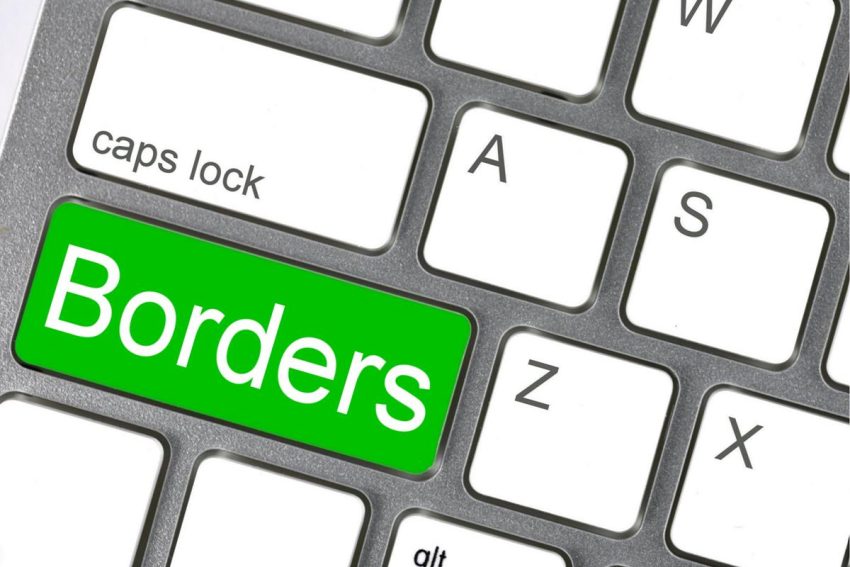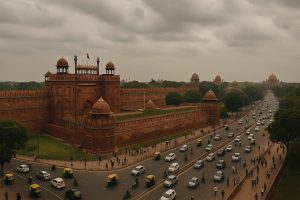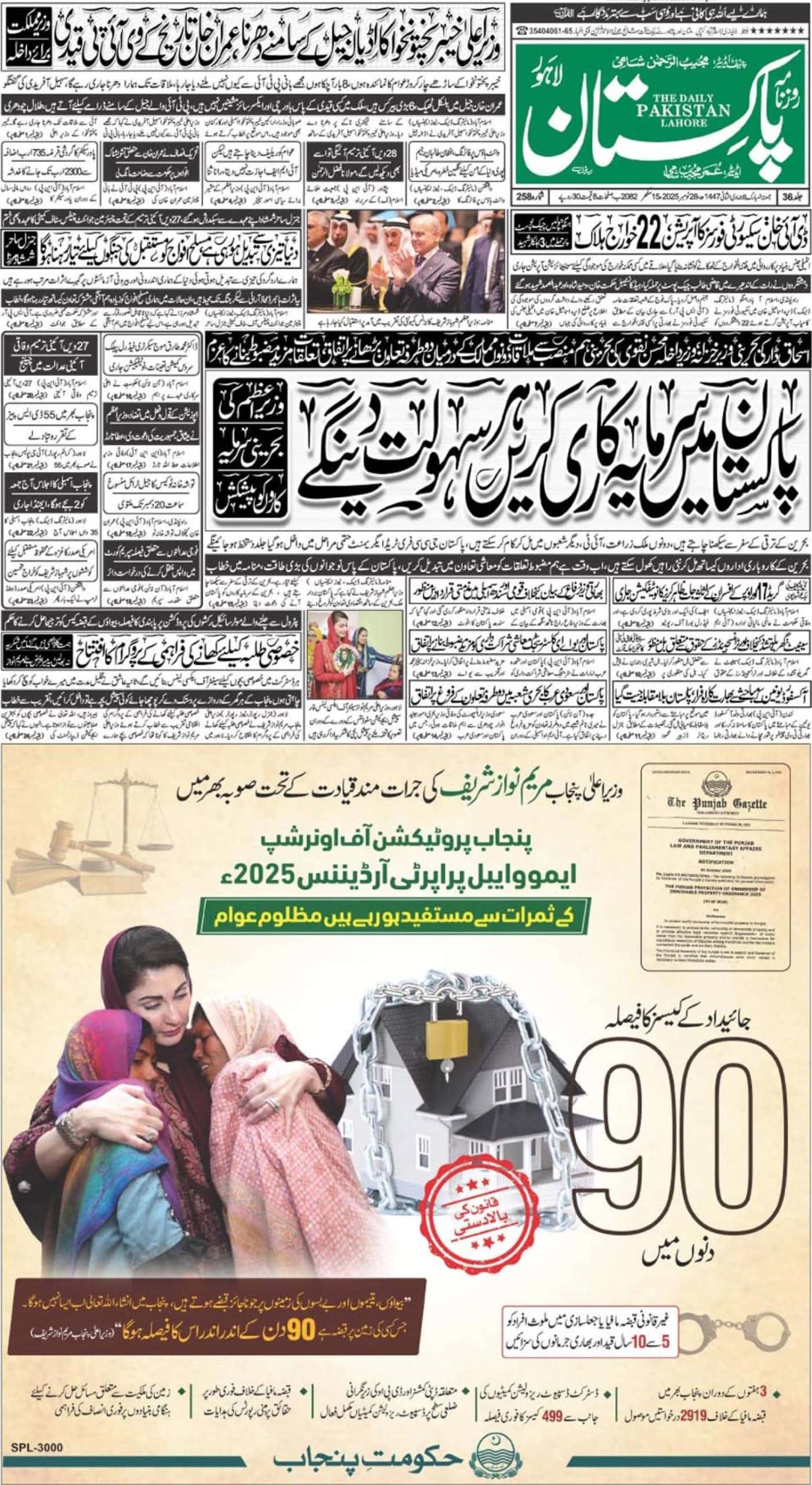Digital freedom—encompassing internet accessibility, freedom of expression, and data privacy—serves as a critical driver of innovation and economic growth globally. However, in Pakistan, its absence continues to hinder the potential of the country’s digital economy. This article delves into the global landscape of digital freedom, its economic impact, and the specific challenges faced by Pakistan.
Global Perspective
Globally, digital freedom correlates strongly with economic prosperity. Nations such as Iceland, Estonia, and Canada, ranking high on the Freedom House index, demonstrate the economic benefits of minimal restrictions and robust user rights protections. For instance, Estonia’s e-governance initiatives significantly enhance global competitiveness, reflecting a broader trend where open digital policies fuel growth, innovation, and resilience during crises.
Reports by the World Bank (2023) and OECD (2023) underline that digital freedom accelerates innovation and boosts GDP. For example, a 10% increase in digital connectivity raises GDP per capita by 0.7%. Conversely, restrictive policies, such as internet shutdowns, have cost nations billions in economic losses, as highlighted by Al Jazeera (2024).
Pakistan’s Digital Landscape
Pakistan’s digital economy shows promise but grapples with systemic challenges:
- Internet Penetration: With 190 million mobile subscriptions and 40% internet access, connectivity is growing yet falls short of regional peers.
- Broadband Infrastructure: CPEC investments have improved fiber-optic networks, but rural coverage remains a mere 15%.
- E-Government Services: Initiatives like the Digital Pakistan program have launched 2,000 services since 2019, enhancing accessibility.
Despite progress, Pakistan lags in digital freedom due to restrictive laws like PECA 2016, which Electronic Frontier Foundation (2024) criticizes for vague language that stifles free expression. Cybersecurity challenges and a limited talent pool further exacerbate the issue.
Economic Costs
The lack of digital freedom has dire economic consequences:
- Internet Shutdowns: Pakistan incurred $1.5 billion in losses in 2023 alone, disrupting sectors like e-commerce and freelancing.
- Freelancing: Contributing $575 million annually, this sector’s growth is restricted by inconsistent policies.
- Foreign Investment: Regulatory unpredictability led to a 10% decline in tech-sector FDI in 2023.
Comparative Analysis
Neighboring countries like India, Bangladesh, and Sri Lanka have made significant strides in enhancing digital freedom, leveraging it for economic growth. India’s IT sector, contributing 8% of its GDP, highlights the stark contrast with Pakistan’s underperforming digital landscape.
Path Forward
To unlock its digital potential, Pakistan must:
- Revise PECA 2016: Clear definitions and safeguards against misuse are essential.
- Invest in Infrastructure: Expanding broadband and 5G coverage could increase GDP by 1.5%.
- Promote Digital Literacy: Bridging the urban-rural divide is crucial for inclusivity.
- Foster Innovation: Incubators like Plan9 can support startups if regulatory hurdles are addressed.
Conclusion
Digital freedom is pivotal for Pakistan’s participation in the global digital economy. While efforts like the National Cyber Security Policy 2021 and Digital Pakistan Initiative show progress, comprehensive reforms and stakeholder engagement are imperative. As global benchmarks illustrate, embracing digital freedom can spur innovation, attract investment, and drive sustainable growth, empowering Pakistan to compete on the world stage.













